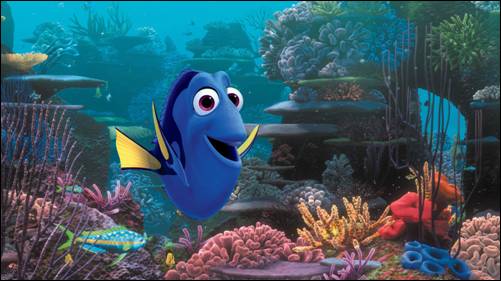[ | E-mail |
Contact: Laura Tolley
ljtolley@uh.edu
713-743-0778
University of Houston
NASA-funded project will study how liquids transform into crystals
A University of Houston chemical and biomolecular engineering professor's theories on crystal formation will be tested aboard the International Space Station (ISS).
Professor Peter Vekilov received a grant from NASA to study how proteins in a liquid solution nucleate, or form crystals. While researchers understand how crystals grow, they want to know more about how they transform from liquid to crystal.
Vekilov discovered in 2004 that before forming a crystal, proteins in a solution come together in dense droplets, where they possibly begin to unfold into the shape they have when crystalized.
His theory was proved through direct observation three years later, but there is still much about this phenomenon that is not understood. For example, crystallization processes that work well in a small volume of solution often do not work at all when scaled up to industrial-size levels of 100 or 1,000 liters the amounts used to produce medicines, chemicals and other products.
Vekilov believes this is largely due to sheer flow, meaning the uneven flow of liquid in a system, such as a river. But he cannot effectively test his theory on earth because gravity affects sheer flow.
NASA awarded Vekilov a grant of nearly $100,000 to further his research in space.
"We have relevant scientific questions that can only be answered by doing experiments in space. We hope to see a difference between the nucleation rate on earth and in space," Vekilov said.
His experiments will be performed by astronauts affiliated with the European Space Agency, most likely in 2016. Meanwhile, Vekilov and his European collaborators will build instrumentation and conduct additional research on nucleation and sheer flow to gather data and develop better models of the process.
Vekilov hopes to develop a deep understanding of sheer flow's impact on protein crystal nucleation, which can be used to design small-scale experiments that mirror the sheer flow in industrial-scale crystal production. As a result, it will be easier to scale up lab work to large volumes.
###
?
AAAS and EurekAlert! are not responsible for the accuracy of news releases posted to EurekAlert! by contributing institutions or for the use of any information through the EurekAlert! system.
[ | E-mail |
Contact: Laura Tolley
ljtolley@uh.edu
713-743-0778
University of Houston
NASA-funded project will study how liquids transform into crystals
A University of Houston chemical and biomolecular engineering professor's theories on crystal formation will be tested aboard the International Space Station (ISS).
Professor Peter Vekilov received a grant from NASA to study how proteins in a liquid solution nucleate, or form crystals. While researchers understand how crystals grow, they want to know more about how they transform from liquid to crystal.
Vekilov discovered in 2004 that before forming a crystal, proteins in a solution come together in dense droplets, where they possibly begin to unfold into the shape they have when crystalized.
His theory was proved through direct observation three years later, but there is still much about this phenomenon that is not understood. For example, crystallization processes that work well in a small volume of solution often do not work at all when scaled up to industrial-size levels of 100 or 1,000 liters the amounts used to produce medicines, chemicals and other products.
Vekilov believes this is largely due to sheer flow, meaning the uneven flow of liquid in a system, such as a river. But he cannot effectively test his theory on earth because gravity affects sheer flow.
NASA awarded Vekilov a grant of nearly $100,000 to further his research in space.
"We have relevant scientific questions that can only be answered by doing experiments in space. We hope to see a difference between the nucleation rate on earth and in space," Vekilov said.
His experiments will be performed by astronauts affiliated with the European Space Agency, most likely in 2016. Meanwhile, Vekilov and his European collaborators will build instrumentation and conduct additional research on nucleation and sheer flow to gather data and develop better models of the process.
Vekilov hopes to develop a deep understanding of sheer flow's impact on protein crystal nucleation, which can be used to design small-scale experiments that mirror the sheer flow in industrial-scale crystal production. As a result, it will be easier to scale up lab work to large volumes.
###
?
AAAS and EurekAlert! are not responsible for the accuracy of news releases posted to EurekAlert! by contributing institutions or for the use of any information through the EurekAlert! system.
Source: http://www.eurekalert.org/pub_releases/2013-04/uoh-uoh041113.php
vicki gunvalson pierre garcon brown recluse spider wiz khalifa taylor allderdice eddie royal iditarod nfl free agents 2012













 Here?s the press release:
Here?s the press release:

